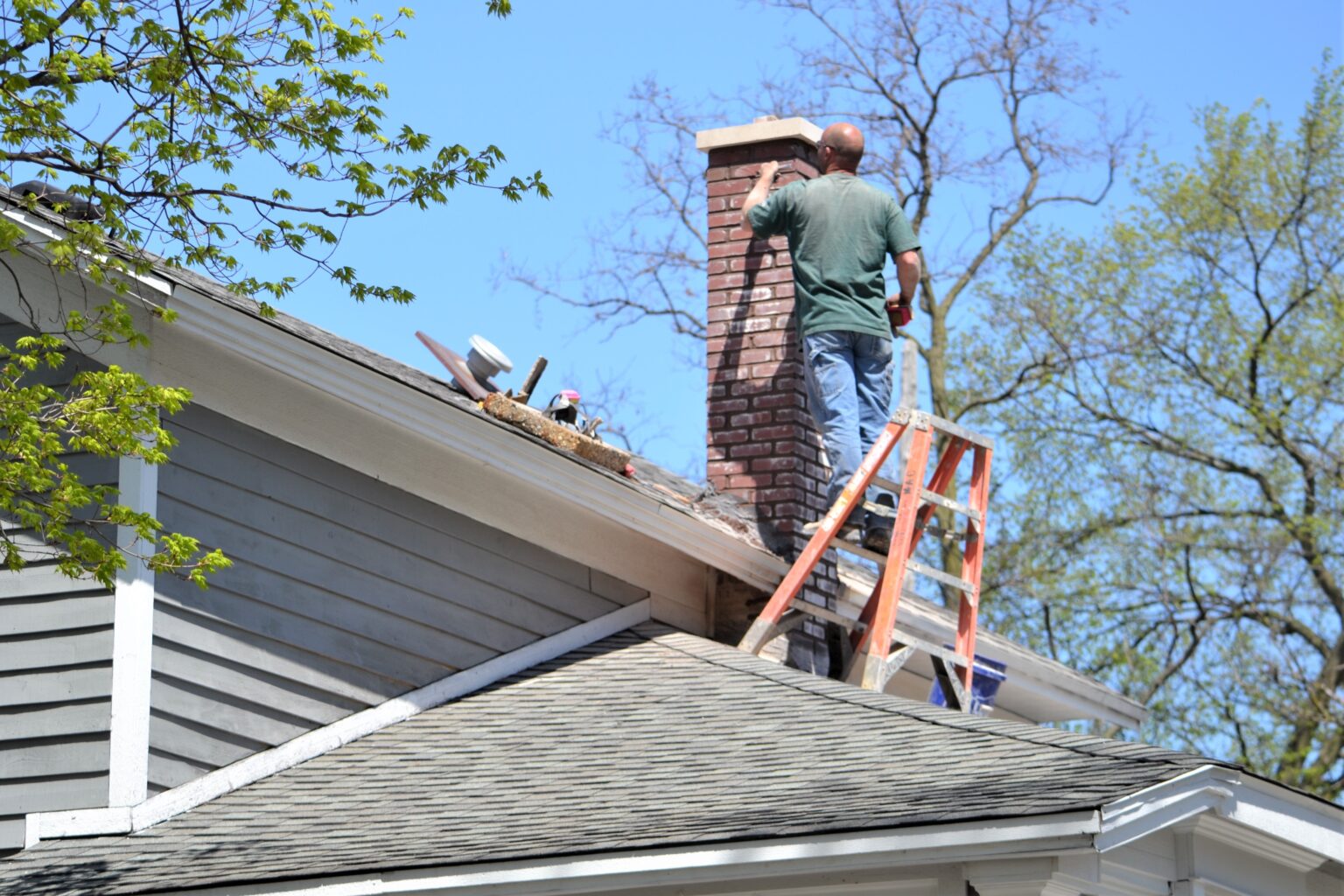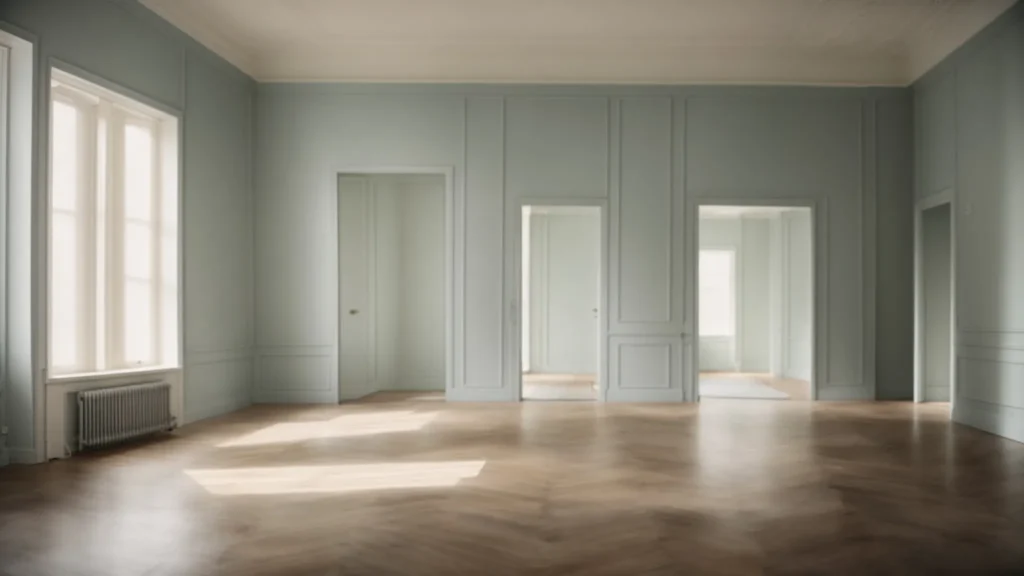Laurelhurst’s tree-lined streets showcase some of Portland’s most distinctive Tudor and Colonial Revival homes, built during the neighborhood’s golden age from 1920 to 1940. These architectural gems feature chimneys that serve as both functional elements and defining aesthetic features. Reliable local chimney repair specialists in Laurelhurst understand that preserving these historic structures requires specialized knowledge that goes far beyond standard masonry work.
When homeowners notice deteriorating mortar joints, spalling bricks, or water damage on their vintage chimneys, they face a unique challenge: how to restore functionality while maintaining the authentic character that makes their homes special. The answer lies in understanding traditional masonry techniques, sourcing period-appropriate materials, and working within Portland’s historic preservation guidelines.
Understanding Laurelhurst’s Historic Chimney Architecture
The neighborhood’s distinctive architectural styles each present unique chimney characteristics that require specialized restoration approaches. Tudor Revival homes, built primarily in the 1920s and 1930s, feature tall chimneys with decorative brick patterns and ornate crowns that often include stepped or curved profiles. These chimneys typically use complex brick bonds and display varying colors that create visual interest.
Colonial Revival properties showcase more symmetrical designs with traditional brick bonds and simpler crown details. The proportions tend to be more restrained, but the craftsmanship remains exceptional. English Cottage styles, scattered throughout the neighborhood, present irregular shapes and mixed materials that create whimsical proportions requiring creative restoration approaches.
Original construction methods differed dramatically from modern techniques. Builders used common clay bricks fired in local kilns, creating subtle color variations and unique textures. The mortar was lime-based rather than modern Portland cement, allowing the masonry to expand and contract with temperature changes without cracking. Most chimneys featured solid masonry construction with unlined flues, built to last generations with proper maintenance.
Period-appropriate restoration matters because modern materials can actually damage historic masonry. Portland cement mortars are harder than historic bricks, causing stress fractures during freeze-thaw cycles. Inappropriate cleaning methods can permanently alter brick surfaces, while non-breathable sealants trap moisture that leads to structural damage.
Working with Portland Historic Resource Review
Many Laurelhurst properties require Historic Resource Review (HRR) approval for exterior alterations, including chimney repairs. Contributing properties within the historic district must obtain permits for visible changes, while non-contributing structures may have fewer restrictions. Understanding your home’s status prevents costly delays and ensures compliance with preservation standards.
Documentation requirements include historical photographs showing original appearance, materials specifications detailing existing brick and mortar composition, and detailed restoration plans. HRR reviewers expect to see evidence that proposed work maintains the structure’s historic character while addressing safety concerns.
Working with preservation specialists streamlines the approval process. Qualified contractors experienced in historic masonry understand HRR requirements and can prepare documentation that meets review standards. This collaboration typically adds 2-4 weeks to project timelines but prevents rejection and rework costs.
Matching Original Materials and Techniques
Successful restoration begins with accurate material identification. Historic bricks display unique characteristics including color variations from kiln firing, size differences from modern standards, and surface textures that mass-produced bricks cannot replicate. Weathering patterns and firing marks provide clues about original manufacturing methods.
Sourcing authentic materials requires connections with specialized suppliers. Reclaimed brick dealers in the Portland area often stock materials from similar-era demolitions. Specialty manufacturers can produce custom matches using traditional firing techniques, though costs exceed standard bricks. Some restoration projects require mixing reclaimed and reproduction bricks to achieve seamless repairs.
Mortar analysis reveals the original lime-to-sand ratios, aggregate composition, and color characteristics needed for authentic restoration. Laboratory testing identifies these components, allowing skilled masons to recreate historically accurate mixtures. Traditional lime-based mortars remain workable longer than modern alternatives and provide the flexibility historic masonry requires.
Repointing techniques must match original joint profiles and tooling patterns. Careful removal of deteriorated mortar prevents damage to historic bricks, while proper application timing accounts for Portland’s climate conditions. Hand-tooling recreates authentic surface textures that machine methods cannot achieve.
Traditional Masonry Restoration Techniques
Structural evaluation identifies stability issues before cosmetic work begins. Damage documentation through detailed photography guides repair priorities and provides before-and-after comparisons. A phased approach addresses urgent structural concerns first, followed by weatherproofing and aesthetic improvements.
Spalling brick replacement requires selective removal techniques that preserve surrounding masonry. Crown rebuilding maintains original proportions while improving drainage to prevent future water damage. Flashing integration uses modern waterproofing materials installed to maintain historic appearance.
Specialized techniques for historic chimneys include structural reinforcement using invisible support methods that don’t alter external appearance. Acid cleaning, when appropriate, removes decades of pollution stains without damaging brick surfaces. Breathable sealants protect against moisture infiltration while allowing trapped water to escape.
Chimney cap restoration recreates original crown details using traditional forming methods. These repairs often require custom fabrication to match unique architectural elements that mass-produced caps cannot replicate.
Case Study: Successful Laurelhurst Restoration
A 1928 Tudor Revival home on SE Cesar E Chavez Boulevard presented typical restoration challenges. The chimney suffered from deteriorated lime mortar, spalling bricks on the weather-facing side, and a cracked crown that allowed water infiltration. The homeowners wanted to maintain the structure’s historic character while addressing safety concerns.
The restoration process began with HRR documentation, including historical photographs and material analysis. Portland Fireplace and Chimney worked with preservation specialists to source matching 1920s brick and recreate appropriate lime mortar. The approval process took three weeks, followed by material procurement and weather-appropriate scheduling.
Execution required carefully removing damaged mortar without disturbing sound masonry. Matching bricks were individually selected for color and texture compatibility. The crown was rebuilt using traditional forming techniques that recreated the original stepped profile. Weather delays extended the planned two-week timeline to three weeks, but the results exceeded expectations.
The restored chimney now functions safely while preserving the home’s architectural integrity. The seamless brick matching and authentic mortar color maintain the structure’s 1920s appearance. Proper drainage eliminates water infiltration concerns, while breathable materials prevent future moisture damage.
Maintenance for Preserved Chimneys
Historic chimneys require ongoing maintenance to protect restoration investments. Annual inspections identify minor issues before they become major problems. Repointing touch-ups every 5-7 years maintain weather resistance. Crown sealing prevents water infiltration while allowing moisture vapor transmission.
Regular cleaning removes debris that can block flues or retain moisture. Professional chimney sweeps familiar with historic structures understand how to clean without damaging restored surfaces. Seasonal maintenance includes checking for ice damage after Portland’s occasional freezes.
Homeowners should monitor mortar condition annually and address any cracks or gaps immediately. Water infiltration causes the most damage to historic masonry, making prompt repairs necessary for long-term preservation.
Professional Consultation and Next Steps
Historic chimney restoration requires specialized expertise that general contractors rarely possess. Qualified specialists understand traditional masonry techniques, historic preservation requirements, and appropriate material sourcing. They can evaluate structural conditions, recommend appropriate repairs, and execute work that maintains architectural integrity.
Signs that professional attention is needed include visible mortar deterioration, water stains in fireplace areas, brick spalling, or structural movement. White staining (efflorescence) indicates moisture problems that require immediate attention. Crown cracks or missing mortar joints compromise weather resistance and safety.
Homeowners should schedule professional assessments before problems worsen. Early intervention prevents minor issues from becoming major structural repairs. Qualified professionals can provide maintenance schedules that protect restoration investments while preserving Laurelhurst’s architectural heritage for future generations.
Historic chimney restoration preserves not just individual homes but the neighborhood’s distinctive character. When done correctly, these projects maintain property values while protecting architectural treasures that define Laurelhurst’s unique identity. Professional expertise makes the difference between restoration that lasts decades and repairs that require frequent attention.







